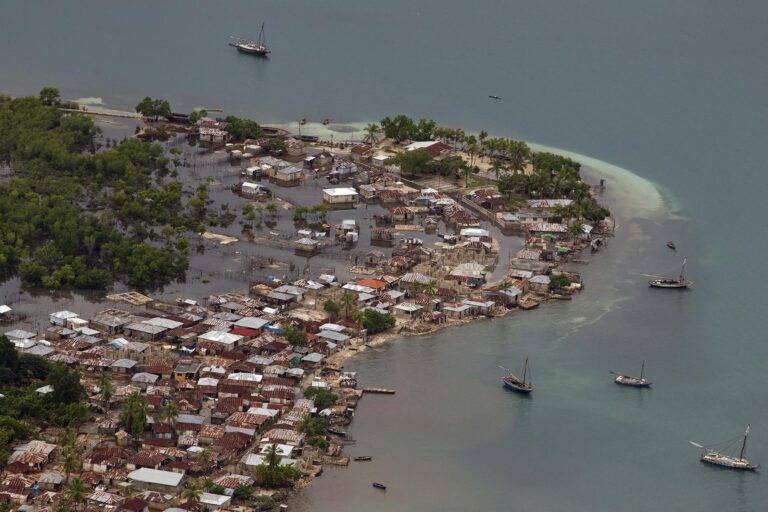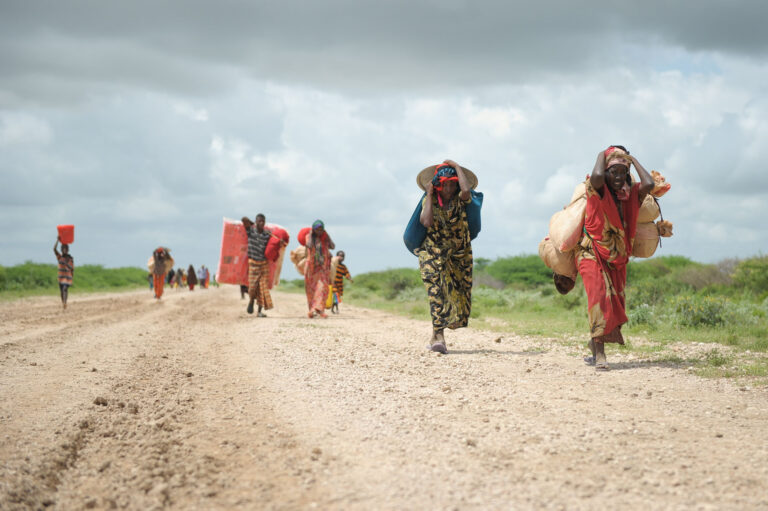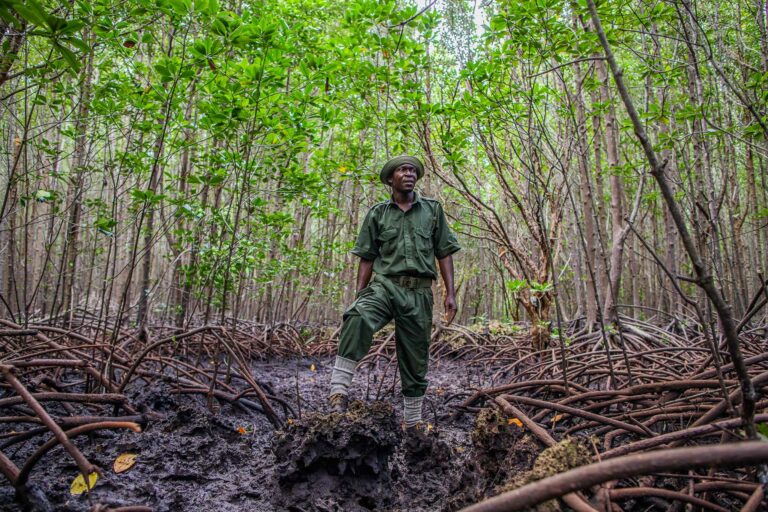Loss and damage refers to climate impacts that cannot be avoided with or...Read More
The World Health Organization has estimated that between 2030-2050 climate change will cause approximately 5 million additional deaths, or about 250,000 additional deaths per year, from malnutrition, malaria, diarrhea, and heat stress. Other estimates are even higher.
Under the Universal Declaration of Human Rights (UDHR) and the International Covenant on Civil and Political Rights (ICCPR), every person has the right to life. Government obligations “to respect and ensure that the right to life extend to reasonably foreseeable threats and life-threatening situations that can result in loss of life.” The U.N. Human Rights Committee has stated that:
Environmental degradation, climate change and unsustainable development constitute some of the most pressing and serious threats to the ability of present and future generations to enjoy the right to life. … Implementation of the obligation to respect and ensure the right to life, and in particular life with dignity, depends, inter alia, on measures taken by States parties to preserve the environment and protect it against harm, pollution and climate change caused by public and private actors.
Governments thus have a clear obligation to take legal, regulatory, or legislative steps to prevent threats to the right to life by businesses and other private actors, including threats due to fossil fuel emissions, destruction of carbon sinks, pollution, and other environmental harm.
Preventing the foreseeable deaths of millions of people – protecting their right to life – presents one of most pressing human rights challenges conceivable. Averting this disaster will require global concerted action among governments, international organizations, businesses, and civil society.
Photo Credit: A baby behind a mosquito net in Kenya. Malaria remains a leading cause of illness and death in Kenya, and rising global temperatures are causing an expansion in the areas in which malaria-carrying mosquitoes thrive. Photo by Wendy Stone/USAID (CC BY-NC 2.0)
More reading...
In response to the threats posed by climate change, including its foreseeable significant...Read More
Under the International Covenant on Economic, Social and Cultural Rights (ICESCR), everyone has...Read More
Carbon offsetting is a market-based system that aims to reduce greenhouse gas emissions...Read More






